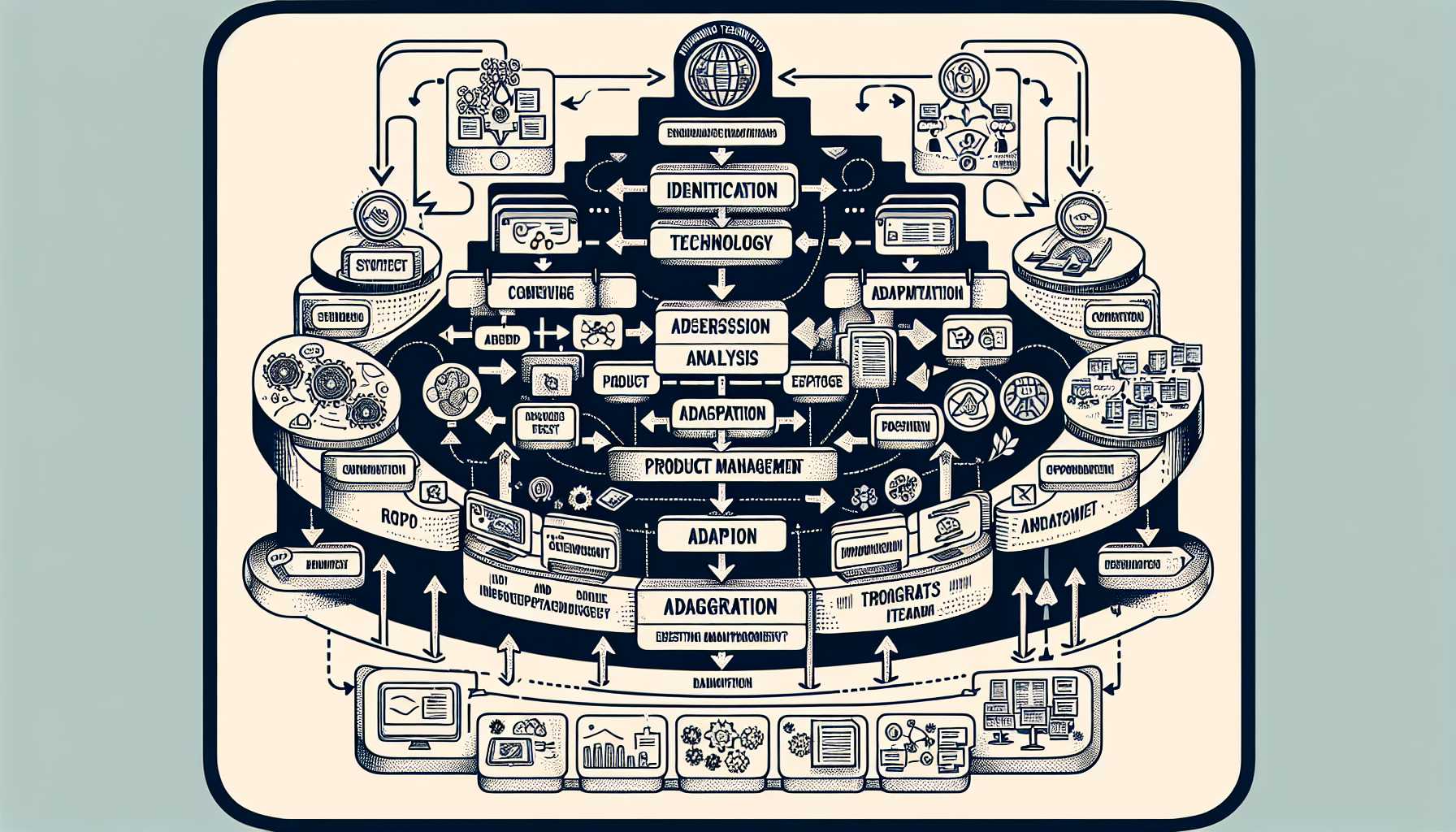Welcome back to my blog, where I share my insights and experiences on traversing the ever-evolving landscape of product management.
As seasoned product leaders, we are constantly faced with the challenge of keeping our products relevant and ahead of the curve. A significant part of this involves the integration of emerging technologies.
Let’s dive deep into strategies that I’ve successfully applied and observed in the tech industry, drawing from frameworks and personal experiences without revealing confidentiality.
Understanding the Landscape: Stay Informed and Proactive
Before delving into integration strategies, the first step is always to stay well-informed. Allocate resources for your team to attend conferences, engage with thought leaders, and follow publications that track tech trends. This proactive approach helped our products stay ahead as we could anticipate changes and identify technologies that could potentially disrupt our market.
Assessing the Impact: Practical and Strategic Considerations
When a new technology appears on the horizon, it’s crucial to assess its impact from both a practical and strategic standpoint. By employing the RICE scoring system (Reach, Impact, Confidence, and Effort), I remember evaluating a cutting-edge AI technology for one of our platforms. We projected the reach it would have among our user base, the impact on our KPIs, our confidence in our team’s ability to integrate it effectively, and the effort required.
Moreover, we often employed the Lean Canvas model to quickly structure our thoughts on how the technology could create value, solve problems, and how it aligns with our business model.
Proof of Concept: The Power of Prototypes
Proof of concept has always been a powerful step before fully integrating a technology. In one of the product lines I led, we dedicated a sprint to develop a minimum viable prototype using blockchain to enhance data security. This experiment helped us to identify not only the technical feasibility but also provided valuable insights into user acceptance, which is often an overlooked aspect in tech integration.
The Role of Partnerships: Collaborate to Innovate
Collaborations played a key role in our integration strategies. By partnering with startups and established tech firms, we could mitigate the risk and R&D costs. For instance, while I was working on bringing IoT capabilities to our smart home devices, we collaborated with a startup that was at the forefront of IoT security, thus enhancing our product offering while supporting innovation in the startup ecosystem.
Agile Integration: Iterate and Evolve
Agile methodology has been instrumental in the integration process. Small, iterative updates allowed us to integrate technologies like machine learning in stages. This piecemeal approach, combined with continuous user feedback, resulted in a refined, more user-centered integration of AI in one of our key project management tools.
Organizational Alignment: Building Cross-Functional Synergy
Every technology integration demands the alignment of multiple organizational functions. Cross-functional teams were essential in effective integration. We leveraged diverse expertise from R&D to marketing, ensuring that technology aligned with not just the product’s vision but also with the company’s operational capabilities and market strategy.
Managing Risks and Expectations
Throughout the integration process, managing risks and expectations is crucial. We maintained transparency with stakeholders using roadmaps and regular updates. Through scenario planning sessions, we explored the impact of technology failures, user adoption rates, and other factors on our projections, and accordingly developed mitigation plans.
To sum up, integrating emerging technologies into existing products is akin to navigating a ship through uncharted waters. The strategies outlined above have been part of the compass that guided the product teams I’ve been privileged to lead.
As we wrap up this discussion, I’d like to leave you with a final thought: the successful integration of emerging technologies is not just about keeping up with trends; it’s about judiciously enhancing value to your users while securing future growth. Let’s continue to explore, experiment, and elevate our products, together.
I hope these insights and anecdotes provide useful waypoints in your product management journey. If you’ve faced similar challenges or have other strategies to share, I encourage you to join the conversation in the comments below.

